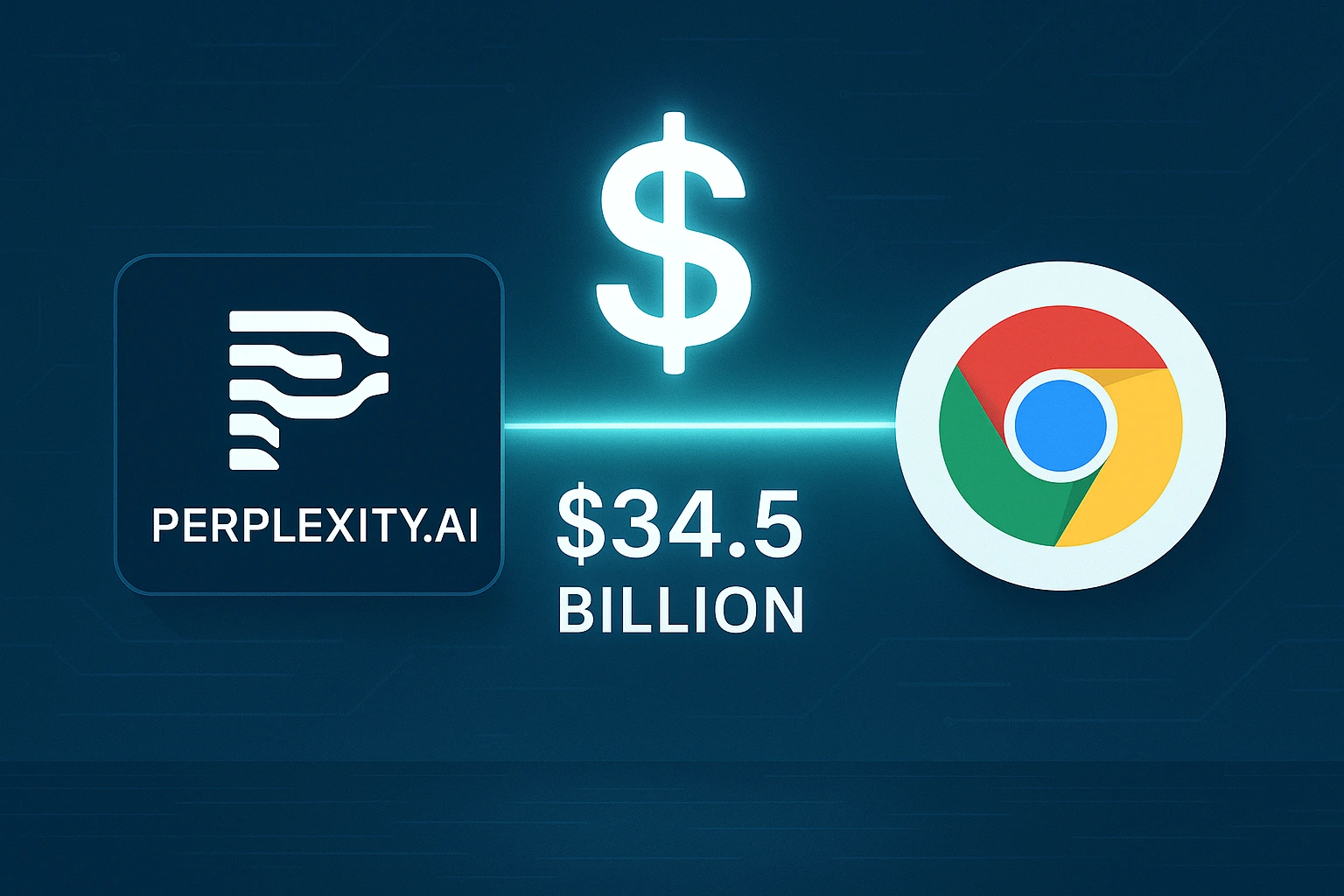Table of Contents
Introduction: The Rise of CBDCs
Central Bank Digital Currencies (CBDCs) represent a significant evolution in the concept of money. At their core, CBDCs are defined as the digital form of a country’s fiat currency, issued and backed by the nation’s central bank. Unlike the physical currency we are accustomed to, a CBDC exists solely in electronic form, representing a direct liability of the central bank, much like the paper bills and coins in circulation. As the world increasingly embraces digital technologies in various aspects of life, the notion of a digital form of central bank money has garnered considerable attention globally. The rapid digitization of economies and a growing preference for digital payment methods are key factors propelling this interest.
Several dynamics are contributing to the exploration and potential implementation of Central Bank Digital Currencies. In some developed nations, there has been a noticeable decline in the use of physical cash, a trend that was further accelerated by the COVID-19 pandemic. This shift towards digital transactions has prompted central banks to consider how they can continue to provide a secure and reliable form of public money in an increasingly digital landscape. Furthermore, the emergence of alternative digital currencies, such as cryptocurrencies like Bitcoin and stablecoins, has also played a role. These private digital forms of money have, in some cases, been viewed as potential challenges to the traditional monetary system, leading central banks to explore as a possible response or complementary offering. Beyond these factors, central banks are also motivated by the potential for greater control over their economies and the possibility of enhanced oversight of financial transactions. The aim of increasing access to financial products for populations that are currently underserved by traditional banking institutions is another significant driver. Finally, CBDCs are being examined for their potential to enhance the efficiency of payment systems, possibly leading to faster and cheaper transactions. The prospect of large technology companies introducing their own digital currencies spurred considerations among central banks about offering a public digital alternative to maintain their crucial role in the financial system. The global landscape of Central Bank Digital Currency development is diverse and rapidly evolving. Many countries around the world are currently in various stages of exploring, ranging from initial research to active pilot programs and even full-scale launches. While no major global economy has yet fully implemented, several nations have already taken this step, including The Bahamas with its Sand Dollar, Jamaica with Jam-Dex, and Nigeria with the eNaira. These early adopters offer valuable insights into the practical implications of digital central bank money. Among the larger economies, China’s progress with its digital yuan, known as e-CNY, is particularly noteworthy, with a significant number of users and expanding use cases. Other major economic regions, such as Europe and the United Kingdom, are also actively researching and piloting their own potential CBDCs. In contrast, some countries, like the United States, have adopted a more cautious approach, with ongoing debates and even recent executive actions prohibiting the establishment. The motivations and the speed at which countries are pursuing CBDCs vary considerably, reflecting their unique economic structures, policy objectives, and technological readiness. For instance, nations with less developed existing payment infrastructures or higher percentages of unbanked individuals might view as a more immediate solution to their financial system needs compared to countries with well-established digital payment networks.

How CBDCs Differ from Cash and Crypto
Understanding the distinction between Central Bank Digital Currencies and existing forms of money, namely physical cash and cryptocurrencies, is crucial to grasping their potential impact.
When comparing CBDCs to traditional cash, several key differences and similarities emerge. Both CBDCs and cash are ultimately liabilities of the central bank and represent the official fiat currency of a nation. However, their form is fundamentally different: cash exists in a tangible, physical state as paper bills and coins, while a CBDC is purely digital, with no physical counterpart. While the central bank authorizes the issuance of both, cash is printed and then circulated, whereas a CBDC is created electronically. The methods of distribution also differ. Physical cash is distributed through commercial banks and ATMs, whereas the distribution models for CBDCs are still being explored, potentially involving financial institutions or direct issuance to individuals’ digital wallets. In terms of transaction processing, cash transactions are peer-to-peer and typically immediate, whereas CBDC transactions, while likely to be real-time, would be digitally recorded. One potential advantage of CBDCs is their efficiency, as they could significantly reduce the costs associated with printing, transporting, and managing physical currency. Another key difference lies in anonymity. Physical cash offers a relatively high degree of anonymity, while the design of CBDCs could allow for varying levels of traceability, potentially offering less anonymity depending on the specific implementation. Despite both being central bank obligations, the digital nature of CBDCs enables functionalities that are not possible with physical cash, such as the potential for programmability and easier tracking of transactions, although the latter raises significant concerns regarding privacy. The ability to embed specific rules or conditions into CBDC transactions opens new avenues for how money can be utilized and managed, but it also introduces complexities related to control and surveillance. Central Bank Digital Currencies also differ significantly from cryptocurrencies like Bitcoin and stablecoins. In terms of issuance and backing, CBDCs are issued and fully backed by a country’s central bank, providing a government guarantee of their value. In contrast, most cryptocurrencies operate on decentralized networks and are not backed by any government or central authority. Stablecoins represent a hybrid approach, aiming to maintain a stable value by pegging themselves to a fiat currency or other assets, but they are issued by private entities and lack the direct backing of a central bank. Another fundamental difference lies in their structure: CBDCs are centralized, with control residing with the central bank, while cryptocurrencies are characterized by their decentralized nature, often relying on blockchain technology. This decentralized structure of cryptocurrencies contributes to their price volatility, as their value is typically determined by market forces of supply and demand, unlike the stable value intended for CBDCs, which mirrors the national fiat currency. The regulatory landscape also differs significantly. CBDCs would fall under the regulatory purview of central banks and potentially government bodies, whereas cryptocurrencies currently exist in a more ambiguous regulatory environment, although regulations are evolving in many jurisdictions. In terms of their primary purpose, CBDCs are envisioned as a digital equivalent of cash for everyday transactions. Cryptocurrencies, on the other hand, have largely been adopted as investment vehicles due to their speculative nature, although their acceptance as a means of payment is gradually increasing. Stablecoins aim to serve as a more stable medium of exchange within the cryptocurrency ecosystem. While some CBDC designs might incorporate blockchain or distributed ledger technology, it is not a prerequisite, unlike cryptocurrencies, which are inherently built upon blockchain technology. The core distinction between these forms of digital money lies in control. Central banks maintain control over CBDCs to implement monetary policy and ensure financial stability, while cryptocurrencies are designed to offer decentralized control and greater financial autonomy to users. Stablecoins represent a private sector effort to create a stable digital currency but without the formal backing of a central monetary authority.

Benefits of CBDCs: Faster, Safer, Smarter Transactions?
Central Bank Digital Currencies offer a range of potential benefits that could reshape the financial landscape and impact how individuals manage their money. These potential advantages span transaction speed, security, functionality, and financial inclusion.
One key potential benefit of CBDCs is the promise of faster and more efficient payments. Many envision CBDCs facilitating real-time gross settlement (RTGS), enabling transactions to be finalized almost instantaneously. By potentially reducing the number of intermediaries involved in a transaction, CBDCs could also lead to lower transaction costs for consumers and businesses. Furthermore, CBDCs hold the potential to significantly improve the efficiency of cross-border payments. Traditional international payment systems often involve a complex network of correspondent banks, leading to delays and higher fees. CBDCs could streamline these processes by potentially bypassing these traditional networks, making international transactions faster, cheaper, and more transparent. Pilot programs, such as Project mBridge, which has explored near-instant cross-border trade settlement using CBDCs, underscore this potential advantage over conventional correspondent banking.
Enhanced security is another frequently cited benefit of Central Bank Digital Currencies. Compared to physical cash, CBDCs inherently reduce the risks associated with counterfeiting. The digital nature of CBDCs also allows for the potential for improved traceability of transactions, which could be a valuable tool in combating illicit activities such as money laundering and terrorism financing. Because CBDCs are a direct liability of the central bank, they are considered a safer form of digital money compared to digital forms of money issued by commercial banks. While the traceability of CBDC transactions can enhance security against illicit activities, it also introduces significant privacy considerations, creating a delicate balance that policymakers must address in the design of these digital currencies.
The concept of “smarter” transactions through CBDCs often refers to the potential for programmability. Programmable money involves embedding specific rules or conditions directly into the digital currency, allowing for automated execution of transactions upon the fulfillment of those conditions. This feature could unlock a wide array of innovative use cases. For instance, automated payments for services like toll roads or subscriptions could be facilitated seamlessly. Conditional payments, where funds are automatically released only when goods are delivered or services are rendered, could enhance security and trust in online transactions. Governments could utilize programmable CBDCs to distribute targeted welfare payments or subsidies directly to citizens for specific purposes. Programmability could also streamline processes in areas like supply chain finance by automating payments upon the completion of certain milestones. Smart contracts, which are self-executing contracts with the terms of the agreement directly written into code, could be integrated with CBDCs to provide automated escrow services, eliminating the need for third-party intermediaries. While programmability offers the potential for more efficient and secure transactions, it also raises concerns about the potential for misuse, such as governments restricting spending or implementing negative interest rates more effectively. Finally, Central Bank Digital Currencies have the potential to foster greater financial inclusion. By providing access to a digital form of central bank money, CBDCs could reach unbanked and underbanked populations who currently lack access to traditional banking services. This is particularly relevant in developing economies where a significant portion of the population may be excluded from the formal financial system. CBDCs could also lower transaction costs for essential services like remittances, benefiting low-income individuals who often bear the brunt of high fees associated with traditional money transfer methods. The ability to make and receive payments without requiring a bank account is a key feature that could promote financial inclusion. Furthermore, the use of CBDCs could potentially facilitate the development of a financial history for individuals who previously operated outside the formal banking system, thereby improving their access to credit and other financial services. By introducing competition and potentially lowering the prices of payment services, CBDCs could further benefit consumers, including those who are financially excluded. However, realizing the full potential of CBDCs for financial inclusion depends on addressing challenges related to digital literacy and ensuring widespread access to the necessary technology. Simply introducing a digital currency will not bridge the financial inclusion gap if individuals lack the skills or infrastructure to utilize it effectively.

Risks and Concerns: Privacy, Control, and Inflation
While Central Bank Digital Currencies offer numerous potential benefits, their implementation also raises significant risks and concerns that need careful consideration. These concerns primarily revolve around issues of privacy, government control, and potential impacts on inflation and the broader financial system.
Privacy is a paramount concern associated with CBDCs. The digital nature of these currencies raises the potential for increased government surveillance of individuals’ financial transactions. Unlike cash, which offers a degree of anonymity, digital transactions can be tracked, leading to concerns about the central bank having access to detailed data on citizens’ spending habits. The centralization of such sensitive financial data also creates a potential target for cyberattacks and data breaches, posing risks to individuals’ financial security and privacy. Finding the right balance between ensuring privacy for users and enabling authorities to deter criminal activities remains a significant challenge in the design of CBDCs. The level of anonymity provided by a CBDC is a critical design choice that will significantly influence public acceptance and the protection of privacy rights. The stark contrast with the anonymity offered by physical cash is a major point of apprehension for many individuals. If CBDC transactions are easily monitored by the government, it could potentially stifle spending and erode trust in the financial system.
Another significant area of concern is the potential for increased government control over the monetary system and individual finances. The ability for governments to potentially freeze or seize funds held in CBDC accounts more easily than in traditional bank accounts raises concerns about financial freedom. The possibility of implementing negative interest rates directly on CBDC holdings could also erode the value of savings. Furthermore, the concept of “programmable spending,” where governments could potentially restrict what individuals can spend their money on or impose conditions on spending, is a source of worry. There are fears that CBDCs could be used by governments to target political dissidents or exert greater control over citizens’ economic activities. This apprehension about government overreach and the potential for CBDCs to become instruments of control represents a substantial obstacle to public acceptance, particularly in countries where there are existing concerns about civil liberties. The public needs strong assurances that CBDCs will not be used to undermine their financial autonomy and that robust safeguards will be implemented to prevent any abuse of power. The introduction of CBDCs also carries potential implications for inflation and the stability of the financial system. One concern is the risk of bank disintermediation, where individuals might choose to move their deposits from commercial banks to the perceived safety of central bank-backed CBDCs. This shift could reduce the amount of deposits available to commercial banks for lending, potentially impacting their lending capabilities. The transmission mechanism of monetary policy could also be affected by the introduction of CBDCs, although the exact nature and extent of these effects are still being studied. During times of economic uncertainty or financial stress, there is a risk of a “flight to safety,” where individuals rapidly move their funds into CBDCs, potentially exacerbating bank runs. There are also broader concerns about the central bank’s ability to effectively manage the money supply and control inflation in an environment where a significant portion of the money supply could be in the form of CBDCs. The design features of CBDCs, particularly whether they bear interest and the presence of any limits on individual holdings, will be critical in mitigating the risks of bank disintermediation and ensuring the overall stability of the financial system. If CBDCs offer attractive interest rates or allow for unlimited holdings, they could draw a substantial amount of funds away from commercial banks, potentially impacting their ability to provide loans and support economic growth.

Will CBDCs Truly Replace Cash? Expert Predictions
The question of whether Central Bank Digital Currencies will ultimately replace physical cash is a subject of much debate among experts and policymakers. While some envision a future where digital forms of central bank money become the dominant mode of transaction, others believe that cash will continue to play a significant role in the financial ecosystem.
Many central banks in developed countries have explicitly stated that their intention is for CBDCs to complement, rather than replace, physical cash. They emphasize that CBDCs are being considered as a means to expand safe payment options, similar to cash, and to provide a public digital form of money in an increasingly digital world. Cash remains a popular payment method for certain demographics and types of transactions, and there are concerns about financial exclusion if cash were to be entirely eliminated, particularly for elderly individuals or those in rural areas with limited access to digital infrastructure. Furthermore, cash serves as a crucial backup payment method in the event of technological outages or other crises that might disrupt digital payment systems. Despite these official pronouncements, some experts point out that the very reasons often cited for introducing CBDCs, such as the declining use of cash and the desire for more effective monetary policy tools, might suggest an underlying long-term goal of gradually phasing out cash. If certain potential benefits of CBDCs, such as the ability to implement negative interest rates, are contingent on the absence of physical currency, then the notion of a permanent coexistence might be challenged in the future.
In contrast to the stance in many developed nations, some countries view CBDCs as a direct pathway to achieving a cashless economy. This perspective is often driven by the significant costs associated with printing, distributing, and managing physical cash. In these contexts, CBDCs are seen as a more efficient and secure alternative to cash in an increasingly digital society. Moreover, the unique capabilities of CBDCs, such as facilitating monetary policy objectives that are difficult or impossible to achieve with physical cash, further support the argument for potential replacement in certain jurisdictions. Jurisdictions with high cash usage and less developed digital payment infrastructure might be more inclined to view CBDCs as a direct substitute for cash to improve efficiency and promote financial inclusion. The economic analysis of maintaining a cash-based system versus transitioning to a digital one might indeed favor CBDCs in specific economic circumstances. Looking ahead, many experts predict a hybrid future where Central Bank Digital Currencies and physical cash will coexist, at least in the medium term. The timeline for widespread adoption of CBDCs remains uncertain, as there are still significant technical and regulatory challenges that need to be addressed. The ultimate success of CBDCs will heavily depend on factors such as public awareness, trust in the system, and the ease with which individuals can use them. The role that commercial banks will play in the CBDC ecosystem will also be a crucial determinant of their adoption and impact. Ultimately, the future of money is likely to be shaped by a complex interplay between CBDCs, cryptocurrencies, and existing payment systems, with each potentially catering to different needs and preferences within the financial landscape. While a complete and immediate replacement of cash by CBDCs seems unlikely in the near future for many major economies, the ongoing evolution of the digital world suggests that CBDCs will likely assume an increasingly important role in the global financial system.

Conclusion
Central Bank Digital Currencies represent a transformative development in the realm of digital finance. While they offer compelling potential benefits in terms of payment efficiency, security, and financial inclusion, significant risks and concerns related to privacy, government control, and financial stability must be carefully addressed. The likelihood of CBDCs completely replacing cash in the near future appears low for many developed economies, with a hybrid model of coexistence being the more widely anticipated scenario. However, in specific contexts, particularly in nations seeking to enhance financial inclusion or reduce the costs of managing physical currency, a more direct replacement might be envisioned. The trajectory of CBDC adoption will depend on a multitude of factors, including technological advancements, regulatory frameworks, public acceptance, and the strategic decisions made by central banks around the globe. As the digital landscape continues to evolve, Central Bank Digital Currencies are poised to play an increasingly significant role in shaping the future of money and the way we interact with our wallets.







